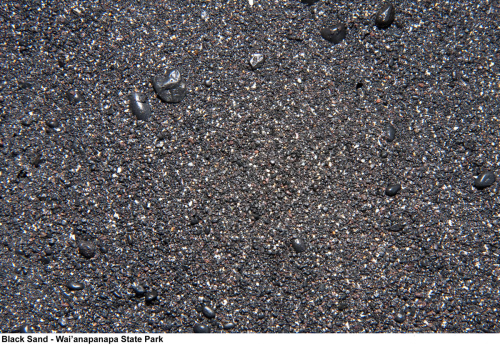








Everything For The Detectorist - Reference & Timelines




Powered By Sispro1
More Indepth notes on Metals
Source: Bibliography
Source: Bibliography
Geological Rocks & Minerals
Designed by Nigel G Wilcox

Ref: S2
Photographs Courtesy :Calvin J Hamilton
Non-Commercial Reseach Identification
Non-Commercial Reseach Identification
Non-Commercial Reseach Identification
Sand

Caption: The black sand is formed through wave erosion of the basalt sea cliffs.
Name: Black Sand -
Location: Wai'anapanapa State Park
Date: 2009
Location: Wai'anapanapa State Park
Date: 2009

Name: Gypsum Sand
Location: White Sands National Monument, New Mexico
Date: 2008
Location: White Sands National Monument, New Mexico
Date: 2008
Caption: The common mineral gypsum, a hydrous form of calcium sulfate (CaS04.2H20) is rarely found in the form of sand because it is soluble in water. Rain and snow that fall in the surrounding mountains dissolve gypsum from the rocks and carry it into the Tularosa Basin. Normally, dissolved gypsum would be carried by rivers to the sea. But no river drains the Tularosa Basin. The water, along with the gypsum and other sediments it contains, is trapped within the basin. This makes White Sands sanddunes unique. This is a close-up picture of gypsum sand grains.
Copyright © All Rights Reserved by Nigel G Wilcox · · E-Mail: ngwilcox100@gmail.com

Complimentary Topics
A - Z Section: S
[S1] [S2] [S3] [S4] [S5] [S6] [S7] [S8] [S9] [S10] [S11] [S12] [S13] [S14] [S15] [S16] [S17] [S18] [S19] [S20] [S21] [S22] [S23] [S24] [S25] [S26]
The Paragon Of Metal Detecting
& Archaeology
& Archaeology
Pages

Member NCMD
Geology Menu





















